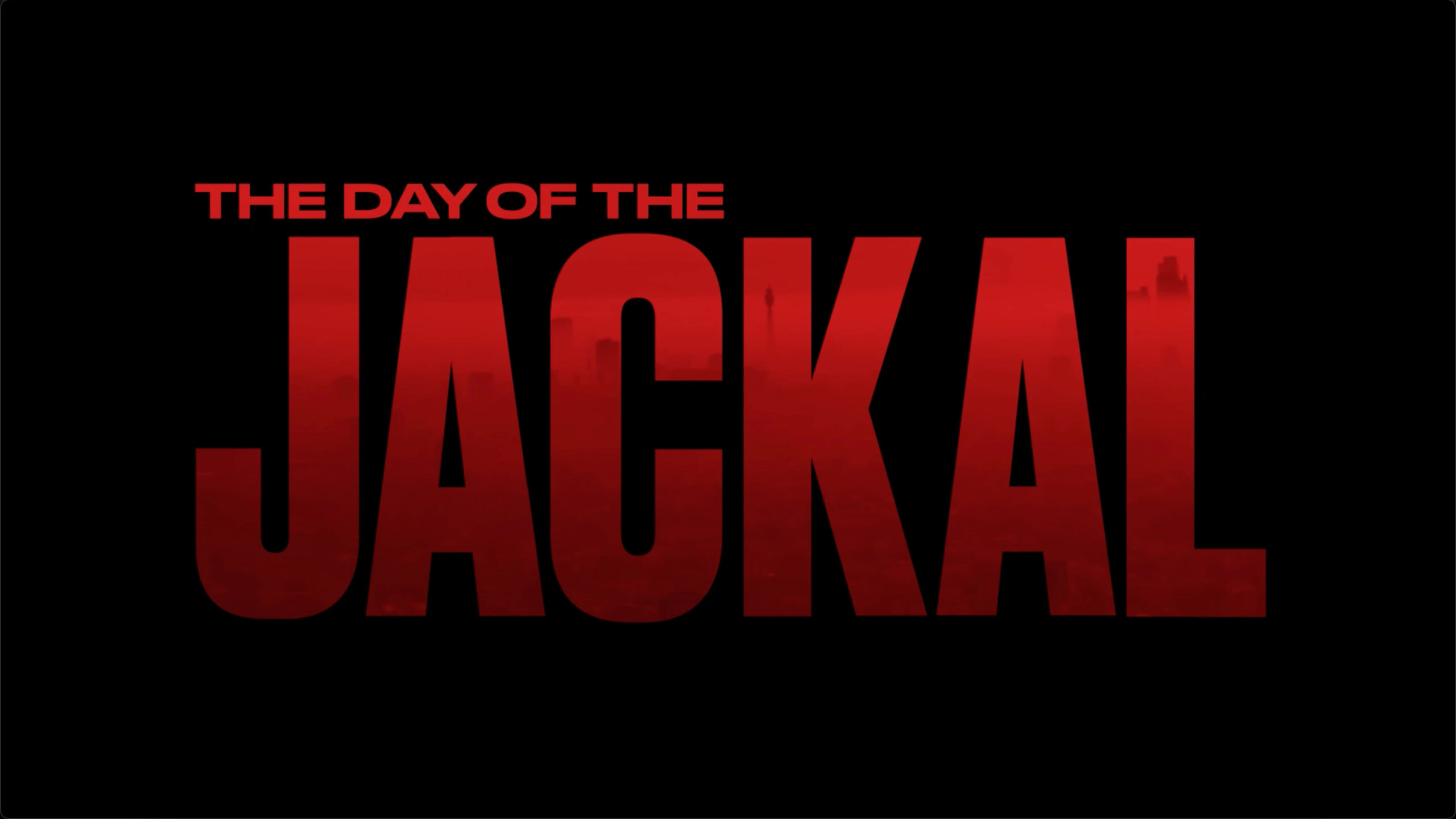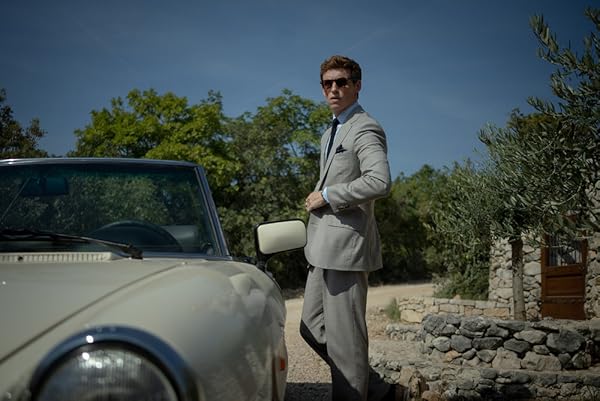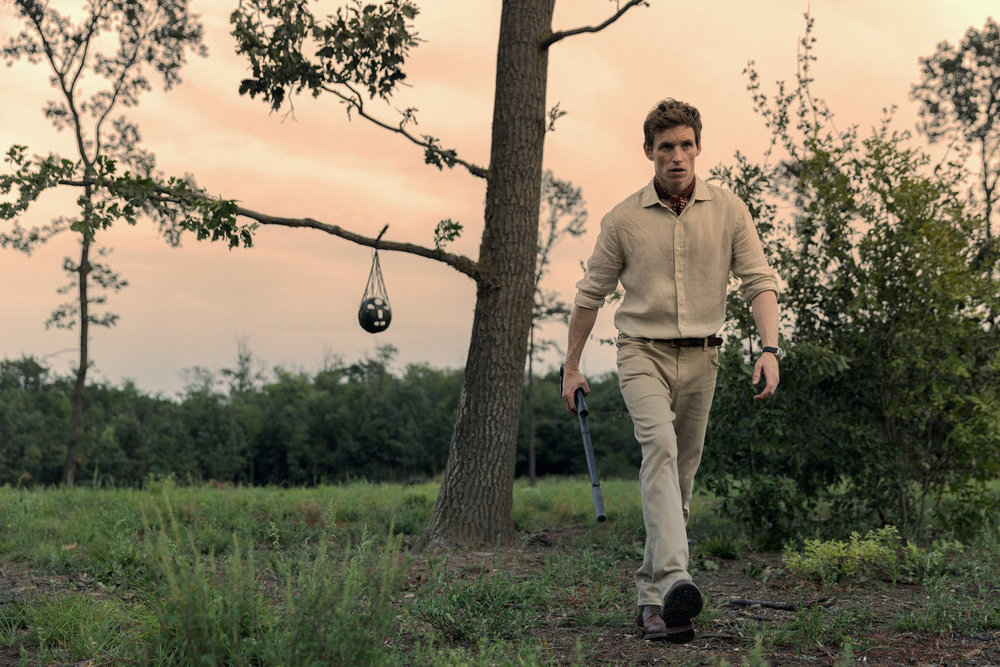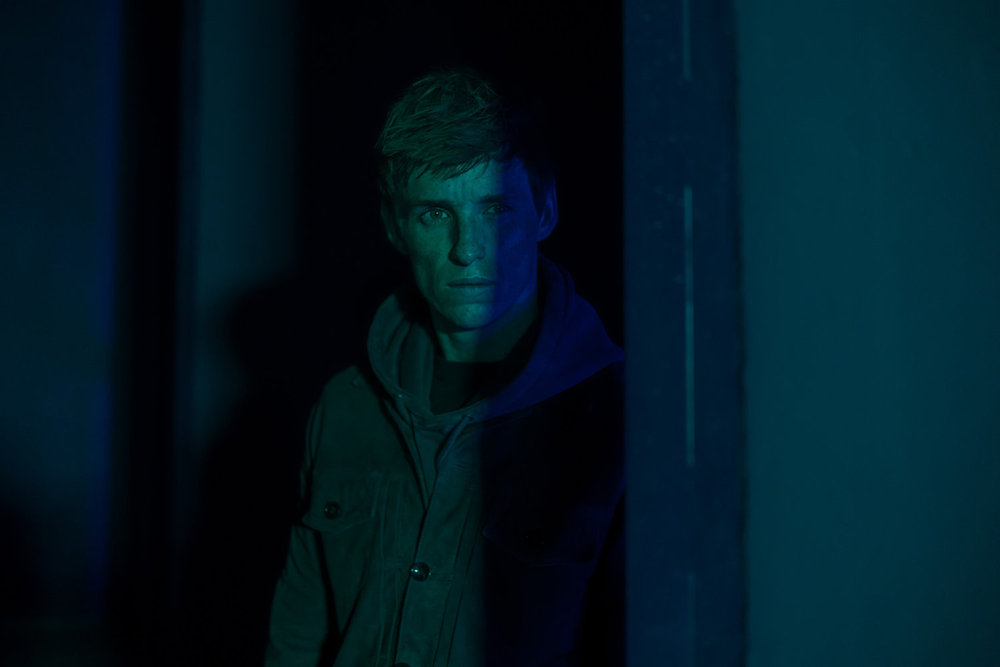Using Color to Depict the Jackal’s Dual Identity in Film
Discover how filmmakers use color to depict the Jackal’s dual identity, exploring symbolism, contrasts, and hidden meanings in The Day of the Jackal and its 2024 adaptation.
A detailed analysis of color symbolism in both the 1973 film and 2024 TV series adaptation of The Day of the Jackal. This article explores how visual storytelling through color helps portray the complex character of the Jackal, comparing the original film’s subtle approach with the modern adaptation’s bold color choices.

Color has long been a powerful tool in visual storytelling, allowing filmmakers and television producers to convey complex emotions, themes, and character traits. In the case of The Day of the Jackal and its 2024 adaptation, the use of color plays a pivotal role in exploring the Jackal’s dual identity. This essay delves into how color reflects the Jackal’s duality, the symbolism behind specific hues in both versions of the story, and the use of contrasting colors to highlight the character’s multifaceted nature. By examining these elements, we uncover the layers of meaning that make the Jackal such a compelling figure in visual media.
How Color Reflects the Jackal’s Dual Identity in The Day of the Jackal

The original The Day of the Jackal (1973) is a masterclass in using visual storytelling techniques to enhance character development. The Jackal, a professional assassin, is portrayed as a man of contradictions: calm yet ruthless, charming yet deadly. One of the key ways this duality is communicated is through the strategic use of color symbolism in film. For instance, the Jackal is often seen wearing muted, neutral tones like gray or beige, which on the surface suggest anonymity and invisibility—key traits for a professional killer. However, these colors also hint at his moral ambiguity, blurring the lines between good and evil.
In scenes where the Jackal assumes a false identity, brighter or more distinctive colors are introduced into his wardrobe. These subtle shifts in color psychology in movies serve to underline his chameleon-like ability to adapt and deceive. The psychological impact of color becomes apparent when we see how the audience’s perception of the character changes based on his attire. For example, a scene where the Jackal dons a pristine white shirt might evoke a sense of innocence or purity, but this is juxtaposed with his cold, calculated actions, creating a tension that mirrors his dual identity.
The 1973 film also uses environmental colors to reflect the Jackal’s internal state. Warm, golden hues dominate scenes where he is in control, while cooler, desaturated tones are used during moments of vulnerability or danger. This symbolic use of contrasts not only enhances the film’s aesthetic appeal but also deepens our understanding of the character’s psyche.
The Symbolism of Colors in The Day of the Jackal 2024 Adaptation

Fast forward to 2024, and the Peacock TV adaptation of The Day of the Jackal takes the use of color to new heights. Directed by acclaimed filmmaker Ronan Bennett and starring Eddie Redmayne as the Jackal, this modern retelling leverages contemporary visual storytelling techniques to explore the character’s duality in even greater depth.
One of the most striking aspects of the 2024 adaptation is its bold use of color symbolism in TV series. Unlike the muted palette of the original film, the series employs vibrant, saturated colors to signify the Jackal’s shifting personas. For instance, when the Jackal is operating in his professional capacity, the color palette leans heavily on cold, metallic tones like silver and steel blue, emphasizing his precision and detachment. In contrast, scenes where he interacts with others socially or romantically are bathed in warm, inviting colors like amber and crimson, highlighting his ability to charm and manipulate.
The costume design in the series is another area where color plays a crucial role. According to an analysis on A Hand Tailored Suit, Eddie Redmayne’s wardrobe reflects the Jackal’s dual identity through a mix of tailored suits in classic shades and modern, avant-garde pieces in unexpected colors. For example, a scene in which the Jackal wears a deep emerald green suit subtly hints at his envy and ambition, while a later scene featuring a stark black outfit underscores his role as a harbinger of death.
The psychological impact of color is further amplified by the series’ use of lighting and set design. In an interview with Vogue, Redmayne revealed that the production team collaborated closely with the cinematographer to ensure that every scene’s color palette served the narrative. This meticulous attention to detail is evident in scenes where the Jackal’s surroundings mirror his internal conflict. For instance, a pivotal moment set in a dimly lit room with flickering neon lights uses a mix of red and blue hues to symbolize the clash between his two personas.
The Use of Contrasting Colors to Highlight the Jackal’s Duality

One of the most effective ways the producers of The Day of the Jackal and its 2024 adaptation convey the Jackal’s dual identity is through the use of contrasting colors. This technique not only highlights the character’s complexity but also creates a visual tension that keeps the audience engaged.
In the original film, contrasting colors are often used within a single frame to juxtapose the Jackal’s two sides. For example, a scene where the Jackal is negotiating with a client might feature a warm, inviting background contrasted with the cool, detached colors of his attire. This visual dichotomy reinforces the idea that the Jackal is both a man and a machine—a human being capable of forming relationships but also a cold, unfeeling killer.
The 2024 adaptation takes this concept a step further by using contrasting colors to signify the Jackal’s interactions with other characters. According to a review on RogerEbert.com, scenes featuring the Jackal and his pursuers often employ opposing color schemes to emphasize their conflicting motivations. For instance, while the Jackal might be dressed in dark, muted tones, his adversaries are often clad in bright, bold colors, symbolizing their moral clarity and determination.
The series also uses contrasting colors to explore the hidden meanings in TV series. A particularly memorable scene involves the Jackal standing in front of a graffiti-covered wall, with vibrant splashes of color surrounding his otherwise monochromatic figure. This visual metaphor suggests that while the world around him is full of life and chaos, the Jackal remains an isolated, enigmatic figure.
Conclusion
The use of color to depict the Jackal’s dual identity in The Day of the Jackal and its 2024 adaptation is a testament to the power of visual storytelling. From the muted tones of the original film to the vibrant, symbolic colors of the modern series, color serves as a crucial tool for exploring the character’s complexity and contradictions. By examining the psychological impact of color, the symbolic use of contrasts, and the meticulous costume and set design, we gain a deeper appreciation for how filmmakers and TV producers bring the Jackal to life.
In both versions, the Jackal’s duality is not just a narrative device but a visual experience that captivates and challenges the audience. Whether through the subtle shifts in his wardrobe or the dramatic use of contrasting colors, the Jackal remains an enduring figure in cinema and television—a character whose identity is as multifaceted as the colors that define him.
This analysis of color symbolism in “The Day of the Jackal” demonstrates the profound impact that thoughtful color usage can have in visual storytelling. If you’re fascinated by the psychology of color and want to test your own color perception skills, we invite you to try Colorfle Unlimited. Our color mixing puzzle game challenges you to match complex color combinations, helping you develop a deeper understanding of color theory through engaging gameplay. Ready to explore the world of color mixing?